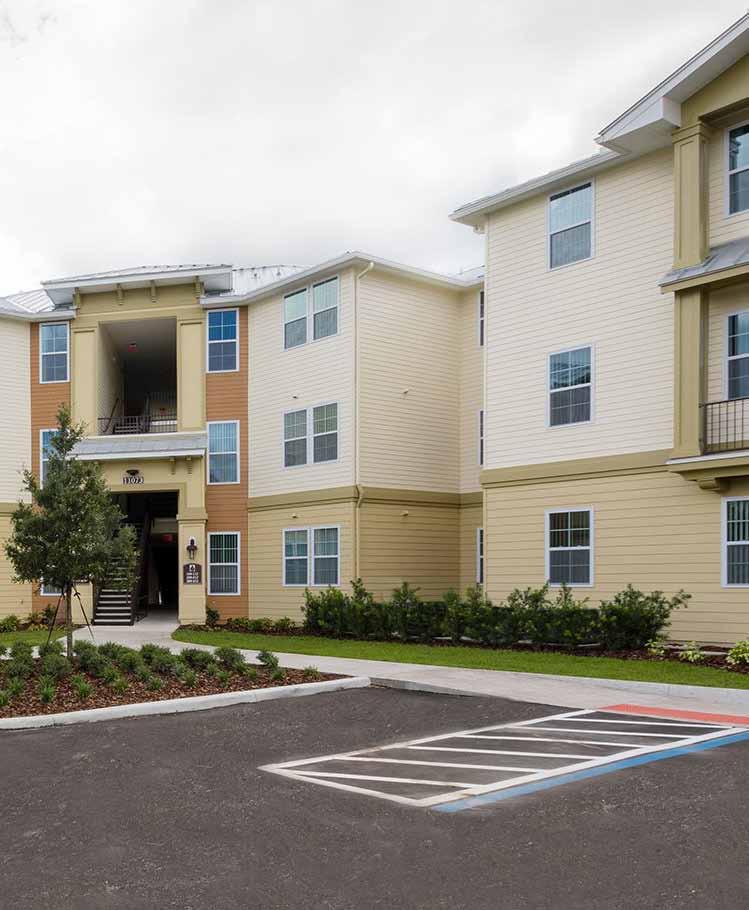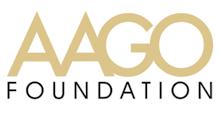
4 minute read
apartment demand in Greater Orlando
By Jordan Brooks ALN Apartment Data
Although 2020 was undoubtedly a turbulent year for multifamily, apartment demand began to rebound from its dismal levels in the spring and summer during the latter half of the year. Fortunately, this resurgence has continued through the first two months of 2021. In fact, multifamily demand for the Greater Orlando area was higher in January and February of this year than in that same two-month period for any of the last five years.
With this in mind, let’s take a closer look at the demand picture from these first two months of the new year for Greater Orlando. In doing so, only conventional properties of at least 50 units will be included.
Overall demand
Net absorption, defined as the net change in the number of rented units for a period of time, was a little more than 1,600 units so far in the new year for the area as a whole. As already stated, this compares favorably to recent years. This was especially the case compared to 2020, when net absorption for the first two months of the year totaled barely more than 500 units. By taking the number of units absorbed as a percent of total market stock, we can adjust results for market size. By this criterion, Orlando places just outside the top 20 markets nationally -- in the number 21 slot to be exact.
price claSS vieW
One perspective from which some apartment demand differences can be more clearly identified is from that of price class. ALN assigns each conventional property of at least 50 units to a price class A through D based on average effective rent per square foot percentile rank in a market.
Class A demand rebounded most compared to the same portion of last year. Just more than 600 net units were absorbed in the top tier after only about 150 net rented units were added last year. This strong resurgence in demand was timely because new supply volume also increased in the period. Class B properties also saw an increase in net absorption, though not quite to the same extent as in the top tier. Approximately 550 net units were leased that were previously unoccupied, an improvement of 70% from January and February of 2020.
In the lower two tiers gains were realized as well. For Class C, 200 more units were absorbed this year than in the same period last year. This represented an increase of more than 90%, and all told, more than 400 net units were absorbed in the first two months of the year. For Class D properties, only around 30 net units were absorbed. Even so, this is a clear improvement from last year when nearly 200 net rented units were vacated in the period.
SuBmarKeT vieW
A few specific areas stood out from the larger market regarding apartment demand. The first of these was the Kissimmee submarket south of Orlando. More than 450 net absorbed units in the first two months of 2021 was more than double the total from those months last year. Another region of Greater Orlando that stood out was the Hunters Creek – Dr. Phillips – Airport submarket south of downtown Orlando. In this region, net absorption of around 400 units was double that of last year.
One other area of interest should be mentioned regarding multifamily demand. The DeLand – Orange City submarket is a small one, and so the approximately 60 net absorbed units does not appear to be of particular note. However, the area suffered a net loss of rented units in the same portion of 2020 almost as large as this year’s gain. Additionally, when evaluating the same size-adjusted metric for demand based on submarket unit count that was previously mentioned at the market level, this area had the second-highest value among the 13 ALN submarkets for Greater Orlando.
TaKeaWayS
The apartment demand picture for Greater Orlando is a brightening one. The resurgence that began last year has continued into the new year. More than that, the positive results are not particularly concentrated in only one price class or in just a couple of submarkets.
In some respects, improvement in demand for Class B properties somewhat lagged the other tiers. This could be an indication that the price sensitivity dynamics that emerged last year are still very much at work. Residents that can afford Class A rents have enjoyed elevated lease concessions in those properties (though changes are emerging there as well) while some of the more price conscious residents have opted for the savings of Class C properties.
Out of Orlando’s 13 submarkets, only one, the Clermont area, underperformed in demand compared to the same portion of last year. Even there, the difference was less than 100 units. It is certainly an encouraging sign to see such widespread improvement across the market as a whole so far in 2021.
Looking ahead, the new construction pipeline will not be slowing in 2021. As a result, it will be important to maintain the positive demand results from the start of the year. With the continued rollout of the COVID-19 vaccine and the level of economic re-opening the state has managed to maintain thus far, that prospect appears favorably positioned.

234$/5.67538$9:;4.$5<$=7;>3$+,-..
?-:@-7<$A$B357@-7<$!$C73-437$D7,-:86$
+,-..$/$ +,-..$0$ +,-..$+$ +,-..$1$
234$/5.67538$9:;4.$5<$V@5F-7H34$
?-:@-7<$A$B357@-7<$!$C73-437$D7,-:86$
!&##$ #$ &##$ %##$ "##$ '##$ E;..;FF33$ G@:437.$+733H$I$17J$=K;,,;L.$I$ 16M:46M:$D7,-:86$
N-;4,-:8IO;:437$=-7H$
+6:M-<$I$/P-,3-$=-7H$ 13Q-:8$I$D7-:R3+;4<$
S@.T.$I$Q33.5@7R$ D7,-:86$S-.4$I$DU;386$ V-:W678$ /,4-F6:43$VL7;:R.I/L6LH-$ X+,37F6:4$
16M:46M:$D7,-:86$ N-;4,-:8IO;:437$=-7H$
+6:M-<$I$/P-,3-$=-7H$ 13Q-:8$I$D7-:R3+;4<$
S@.T.$I$Q33.5@7R$ D7,-:86$S-.4$I$DU;386$







